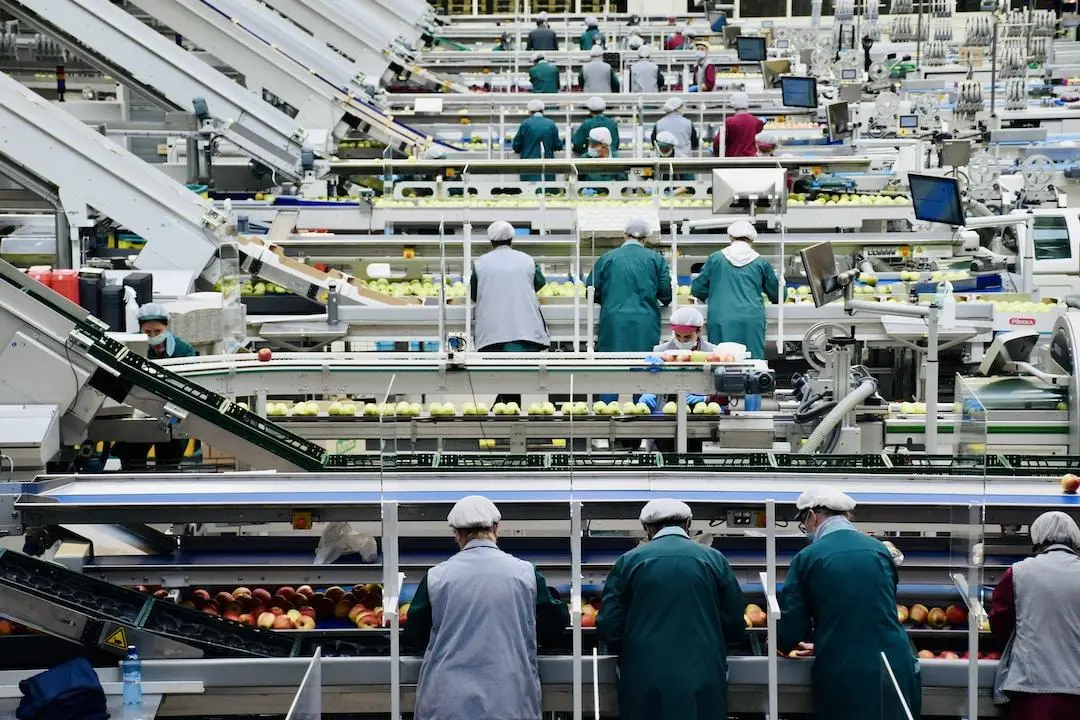How Reciprocating Compressors Benefit the Food Industry
Reciprocating compressors play a crucial role in various industries, providing compressed air or gas for different applications. Their efficiency and versatility have made them vital for sectors such
Aditya Pandey

Reciprocating compressors play a crucial role in various industries, providing compressed air or gas for different applications. Their efficiency and versatility have made them vital for sectors such as food manufacturing, refrigeration, and more. In this article, we'll explore the technology behind reciprocating compressors and discuss their advantages. Keep reading to gain an in-depth understanding of this essential piece of equipment.
The Working Principles of Reciprocating Compressors
Reciprocating compressors belong to the positive displacement compressor family, meaning they draw in a specific volume of gas or air and then compress it in a confined space. The core component of a reciprocating compressor is a piston, which moves within a cylinder to create a vacuum that sucks in air or gas. As the piston moves back up, the confined space decreases, resulting in increased pressure and the release of the compressed gas through a valve. This mechanism repeats itself continuously to supply compressed air or gas whenever it's needed.
The design of a reciprocating compressor consists of several key components: a crankshaft, connecting rod, piston, cylinder, and valve system. The crankshaft is responsible for converting the rotary motion of an electric motor or engine into the reciprocating motion of the piston. The connecting rod links the piston to the crankshaft, while the cylinder houses the piston and seals it to prevent gas leakage. The valve system controls the intake of gas or air and its release after compression.
There are two types of reciprocating compressors: single-acting and double-acting. In a single-acting compressor, only one side of the piston is used for compression. This means during each revolution of the crankshaft, the piston completes one compression cycle. In a double-acting compressor, both sides of the piston are used for compression, allowing for two compression cycles per revolution. Double-acting compressors are considered to be more efficient as they produce more compressed gas with each rotation of the crankshaft.

